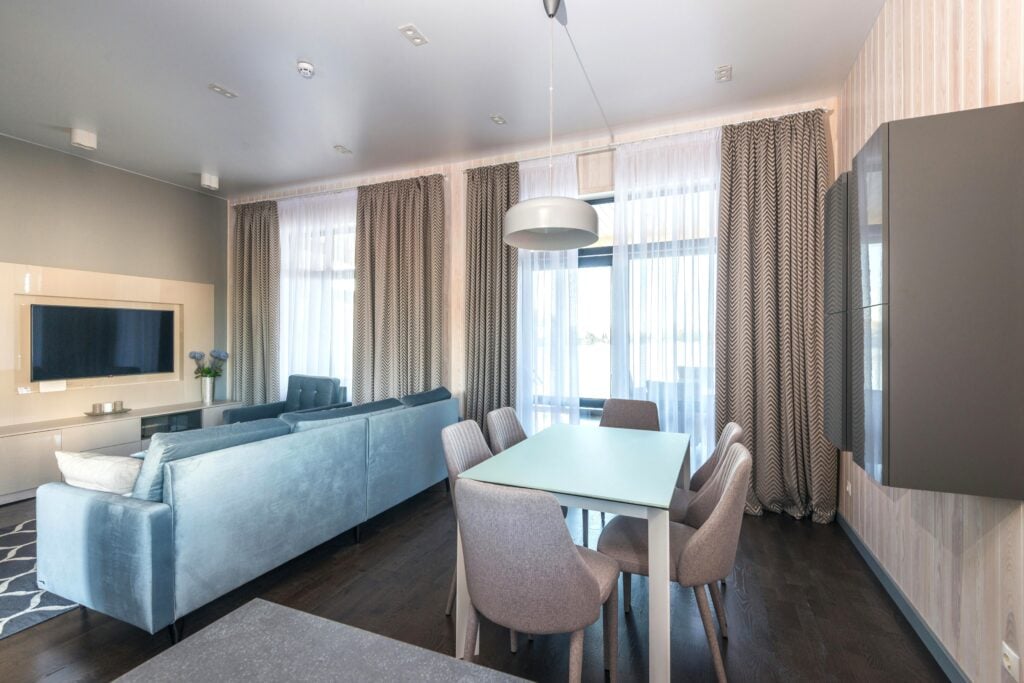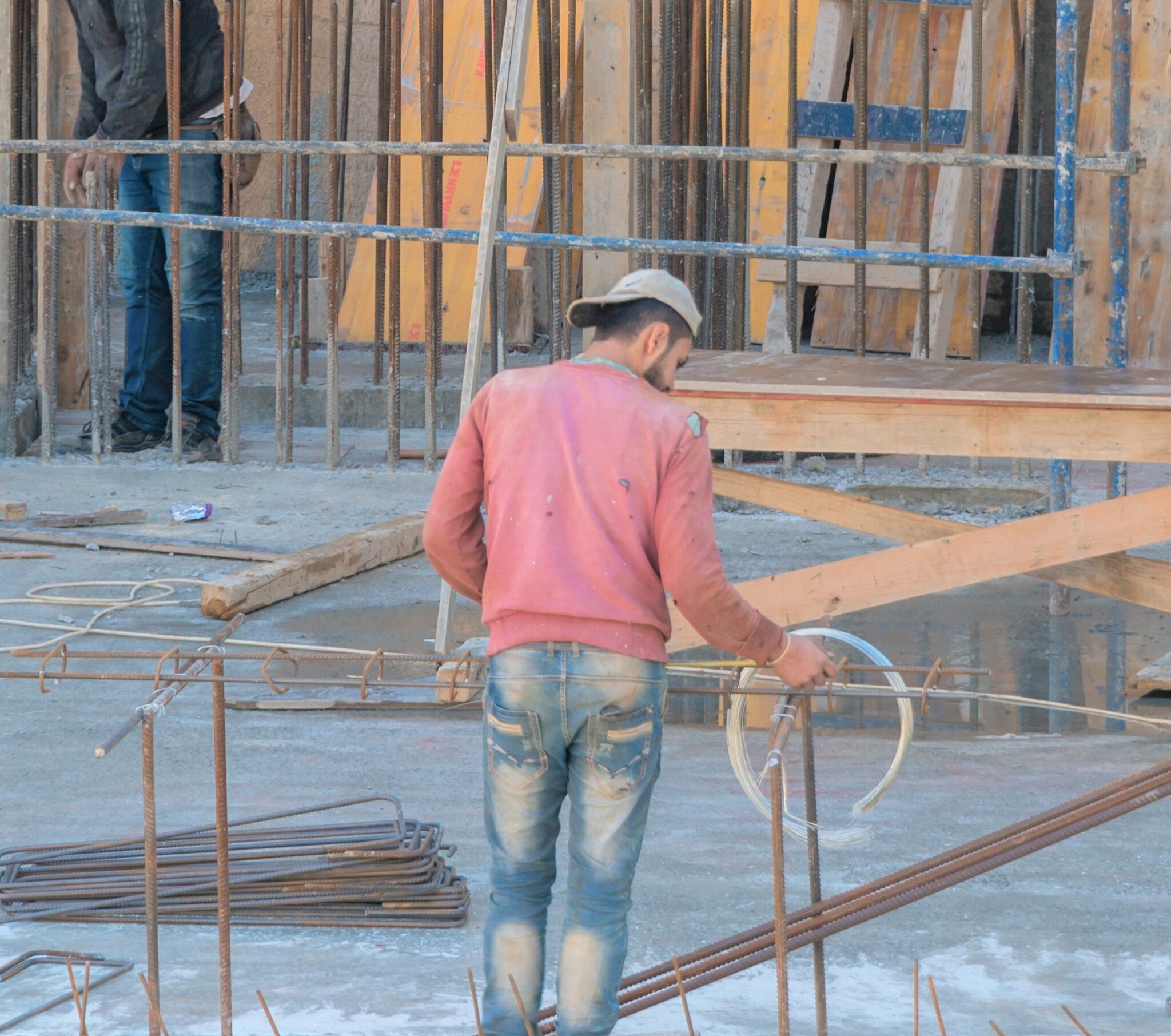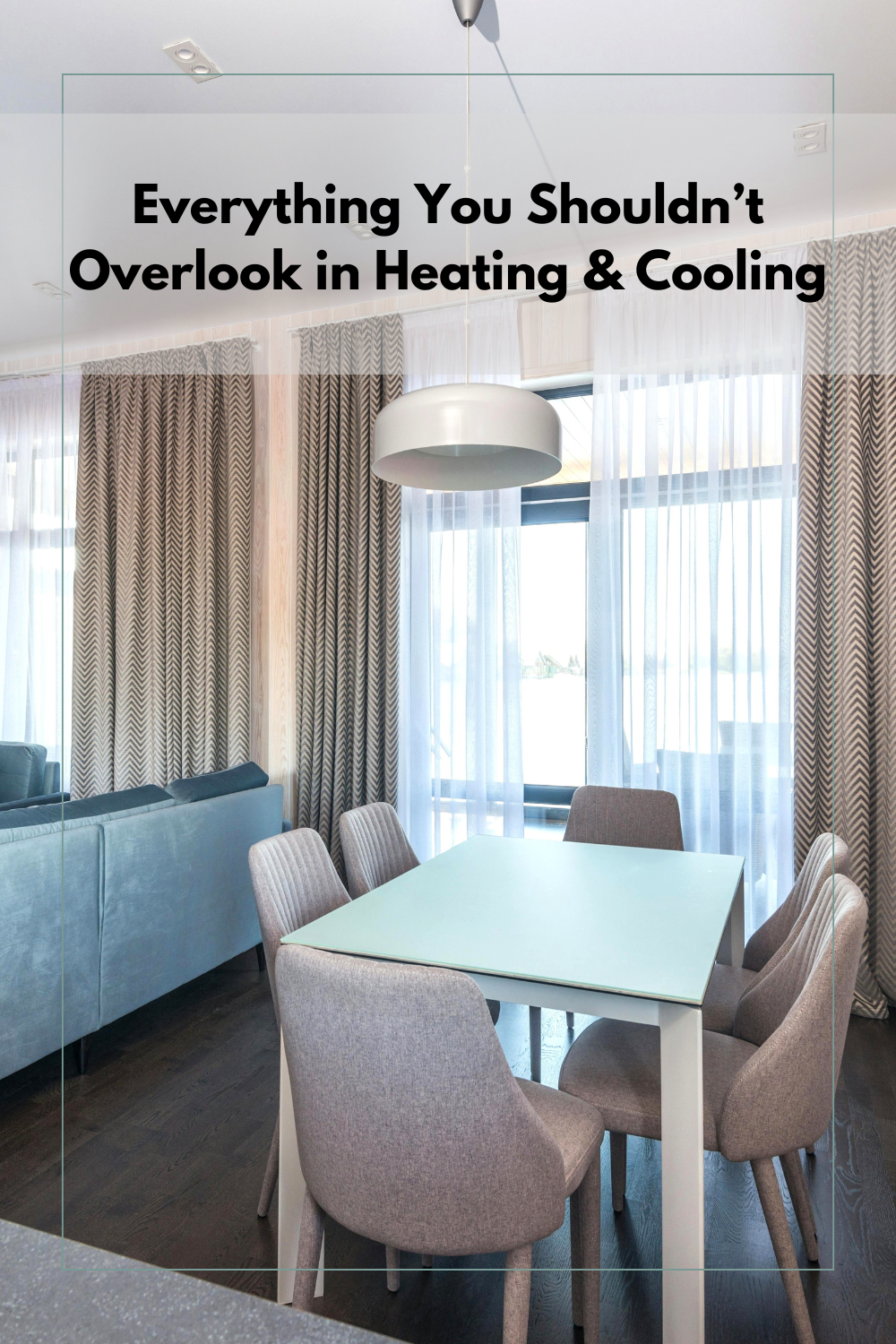HVAC – What Homeowners Overlook in Heating and Cooling

HVAC – What Homeowners Overlook in Heating and Cooling
Heating and cooling systems are often taken for granted until something goes wrong. Most homeowners expect their HVAC units to work whenever needed, without thinking much about the small steps that keep everything running smoothly.
The truth is that small oversights can build up over time, causing the system to lose efficiency or break down earlier than expected.
Many of the most common HVAC problems don’t happen overnight.
They usually come from small mistakes or neglected habits that could easily be avoided with a little attention.
Taking a closer look at what often gets overlooked gives homeowners a chance to protect their systems and avoid the frustrations that come with unexpected failures.
Core System Care
Keeping the core parts of a heating and cooling system in good shape is one of the most important steps in home comfort.
The main components, including the indoor unit, outdoor unit, and thermostat, all work together to keep temperatures steady.
When one of those pieces is neglected, the entire system feels the impact.
Regular cleaning, timely filter changes, and keeping an eye on performance are simple habits that make a big difference.
One of the biggest benefits of regular care is the ability to extend the life of your AC compressor. The compressor is one of the most expensive parts of the system, and when it fails, replacement costs are often high.
Proper maintenance, like keeping coils clean and making sure refrigerant levels are correct, reduces the strain on this part and helps it last longer.
Blocked Vents
Airflow is critical to keeping a system efficient, yet many people unintentionally block vents with furniture, curtains, or even closed doors.
When vents are covered, air circulation drops, making the system work harder to push air through the house. That extra strain drives up energy use and also wears down parts of the system faster than necessary.
Taking a quick walk around the home to check vent placement helps avoid this issue.
Moving furniture or other obstructions away from vents allows air to flow freely, which keeps rooms more comfortable and lowers stress on the system.
Duct Leaks
Another common problem that gets overlooked is leaking ductwork. Small gaps or holes allow air to escape before it reaches the rooms where it’s needed.
The result is uneven temperatures, higher utility bills, and a system that seems like it’s working overtime. Many homeowners don’t realize how much air loss can happen through leaks, especially in older houses.
Inspecting ducts periodically or having them tested by a professional can uncover hidden leaks.
Sealing those gaps improves airflow and helps the system operate more efficiently.
Thermostat Settings
The thermostat is a small device, yet it has a big impact on how well heating and cooling systems perform. Incorrect calibration or poor settings can make the system run too often or not enough, creating unnecessary wear and higher costs.
For example, a thermostat that reads the wrong temperature may cause the unit to cycle on and off more than required.
Checking thermostat accuracy and using proper programming saves energy and keeps the system from overworking.
Many newer models also allow for schedules, which help match heating and cooling to daily routines.
Skipped Maintenance
Routine professional maintenance typically gets pushed aside because the system still seems to be working fine.
Without regular inspections, though, small problems go unnoticed until they turn into bigger repairs. Belts wear out, refrigerant levels drop, and electrical connections loosen over time.
Scheduling yearly or seasonal checkups helps catch concerns before they become expensive.
Technicians can spot warning signs that most homeowners miss, such as dirty coils or failing parts. Preventive care also means the system is prepared to handle heavier use during peak seasons.
Outdoor Debris
The outdoor unit is exposed to the elements every day, which makes it vulnerable to dirt, leaves, and other debris. When airflow around the unit is blocked, the system can’t release heat effectively.
That restriction forces the equipment to work harder than needed and can cause overheating. Over time, the buildup outside reduces both efficiency and performance.
A simple routine of checking the area around the unit helps prevent this. Clearing away leaves, trimming back plants, and rinsing the coils with water when needed keeps airflow steady.
Portable Devices
Small portable heaters and coolers are often used to supplement comfort in specific rooms. While convenient, relying too heavily on them can increase energy costs and put strain on the home’s main system.
Many of these devices are designed for short-term use, not as long-term solutions.
It’s important to use portable devices only when necessary and in the right situations. If they’re needed frequently, it may point to larger issues with the central system.
System Age
All HVAC systems have a limited lifespan, and ignoring the age of the equipment can result in sudden failures.
Older units lose efficiency, require more repairs, and often cost more to run than newer models. Many homeowners don’t think about replacement until the system breaks down completely.
Keeping track of system age allows for better planning. Knowing when a unit is nearing the end of its life helps budget for replacement rather than facing an emergency.
Warranties and Plans
Warranties and service plans are designed to provide coverage when problems arise, but they only work if they’re properly registered.
Forgetting to complete the registration or keep track of service agreements leaves homeowners unprotected when something goes wrong.
Many don’t realize this until they try to file a claim and find out the coverage isn’t valid.
Taking a few minutes to complete warranty paperwork and store the details safely prevents this frustration. Service plans with professionals also give added peace of mind, as they include routine care and priority service.
Weather Prep
Extreme weather puts heavy demands on heating and cooling systems. Without preparation, equipment may struggle to keep up when temperatures swing sharply.
Many households overlook the importance of readying their system before summer heat or winter cold arrives.
Simple steps like scheduling a seasonal tune-up, cleaning filters, and checking for air leaks around the home make a big difference.
When systems are prepared ahead of time, they handle stress better and are less likely to break down during peak use.
Proper Sizing
An oversized unit cycles on and off too often, while an undersized one struggles to maintain comfort. Both situations lead to wasted energy and extra wear on the equipment.
Homeowners typically don’t realize the importance of proper sizing until they experience these issues firsthand.
Working with professionals to calculate the correct size prevents these long-term problems.
You May Also Like:
- How Environmentally Friendly is Your Home Heating?
- How to Increase Energy Efficiency for Your Home
- Bedroom Ceiling Fan Ideas: Style Meets Function for Better Sleep
- Choosing the Perfect Solar Battery Backup System
The right system matches the home’s needs and provides steady comfort without overworking. Proper sizing is a key factor in efficiency, performance, and overall satisfaction with heating and cooling.
Heating and cooling systems are central to household comfort, yet many small details about their care are overlooked.
From blocked vents and duct leaks to skipped maintenance and improper sizing, each oversight chips away at efficiency and reliability.
Do you have any HVAC questions?
Sound off below!
— Matt
PIN FOR LATER:

I am a contractor and just a DIY guy in my spare time. I love building things and sharing my knowledge with other DIY’ers. You can do anything you set your mind to! When I am not building or fixing something, I am all about baseball. Go Tigers, go!







